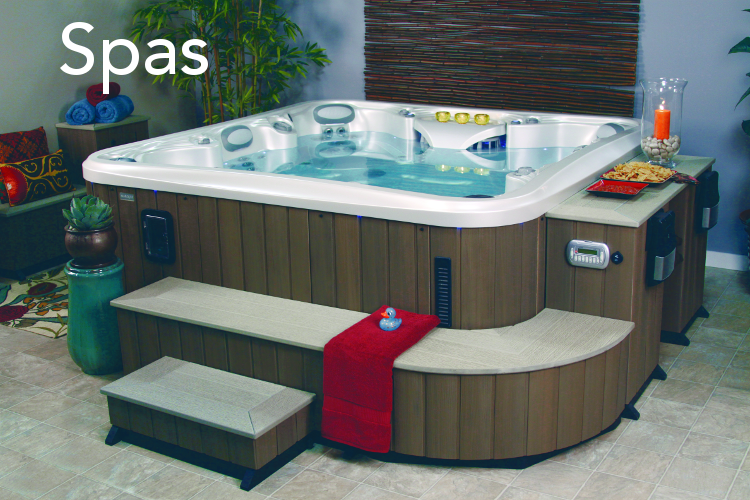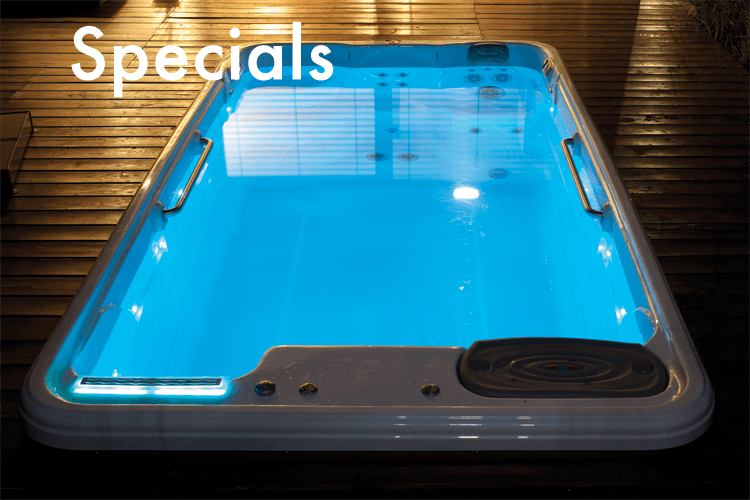How Much Do They Cost - Hot Tub Hot Hints
“How much is this hot tub?” is the most common question we get. We get it; nobody wants to write a blank check, especially on a product that you might not have a firm grasp on what the market value is. The truth is that it’s always a little bit complicated. You may have already noticed we don’t publish prices on our website. There’s a number of reasons; for each model we show on our website, there are various configurations and optional components that we can add, all of which affect the price. Our industry is constantly going through different sales sponsored by the manufacturers. Even without those complications the past two years have seen base prices fluxuate due to part availability issues. Beyond that, we also want to be able to walk you through the entire process so we can look through the details and make sure there are no hidden fees, such as electrical installation or local permit requirements.
With that being said, I wanted to give everyone a rough guideline as to how much you should expect to pay for your hot tub in 2022. Please keep in mind that this is based on the market in Southern California; prices may vary in local markets.
We’ll start with the bare minimum models. These are going to be smaller models, most commonly seating 4 or less, that have a single pump and run on 120V AC. There’s going to be two prices depending on what type you’re looking for; if you are looking for a traditional style hot tub made with a reinforced acrylic shell, those will generally start at roughly $7500. If you are looking at roto-molded spas like our Dreammaker spas, those ones should start roughly at $5500. Spas made this way are less expensive because they are less complicated to build.
Some of you might be getting sticker shock. You’ve probably seen those spas they are selling online that are way bigger, have tons of jets, and are nearly half that price. But what would you say if we told you that those ones are actually more expensive than they’re worth? Think about it; we don’t list our prices because the prices are subject to change. Do you think that doesn’t apply to the competition? No, instead they just list the highest price they anticipate needing to collect, and everyone pays that amount. And if they are displaying their maximum price, how do you manage to make a hot tub that cheap?
That’s an easy answer; they simply cut corners. The most expensive parts get taken out. Instead of having a heater, it will use a heat exchange that uses the waste heat from the pump. That means it can take days for your hot tub to get to your desired set temperature. Another common tactic is to remove the big expensive water jet pumps and replace them with cheap air pumps (a.k.a. blower motors) that simply inject cold air into the tub. That means you don’t get therapy, you get tickled, and then your spa cools down far quickly than if you just left it off. But of course their favorite things to take away are the things you won’t see until they become problems. The easiest one is to give you a low quality warranty that only lasts a few months and is very difficult to get them to actually fulfill their responsibilities, often requiring you to deal with a third party repair company. It’s also very common to see them sold without any form of insulation, which in most cases makes them illegal to sell in the state of California because they use so much power to keep them warm - which is going to be an extra hidden cost you will have to absorb. That’s why they only allow you to buy them online. It also allows them to save money on a delivery crew, because they’re just going to hire a freight company to drop it off at your curb and tell you to figure out how to get it in your backyard.
To be honest, things have gotten even worse in the past few years when it comes to how these cheap spas get made. Now we’re finding that they are even starting to replace the material responsible for the spa’s structural integrity. It didn’t start off too bad when it first started, when they replaced the pressure-treated wooden beams with untreated wood, but then we discovered some of them switched to non-lumbar wood products like sandwichboard, particalboard, and then eventually fiberboard (the last of which is essentially sawdust that has been reconstituted into a board by mixing it with glue), and now we even found some of them are being built on top of polystyrine foam! If your spa doesn’t have a good base, it’s no longer an investment; it’s a disposable spa that will literally fall apart. It might not look like it, but you bought a spa that will last about as long as those inflatable ones do.
The sad thing is that these kinds of practices don’t only apply to the cheap spas; you can easily spend $10,000 or more and still get a lemon. Here’s a spa we found on Wayfair that seems completely reasonable on the surface:
The jets look like they’re decent
Get a Quote
Set up a Wet Test
In-Store Appointment
Tags:
Hot Tub Hot Hints
Educational











